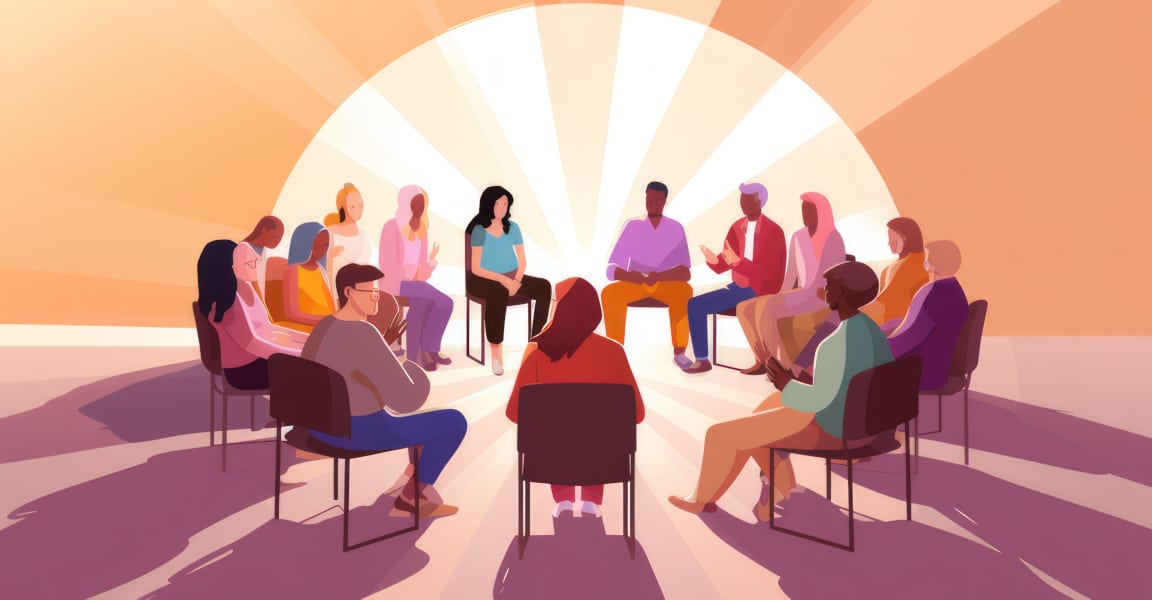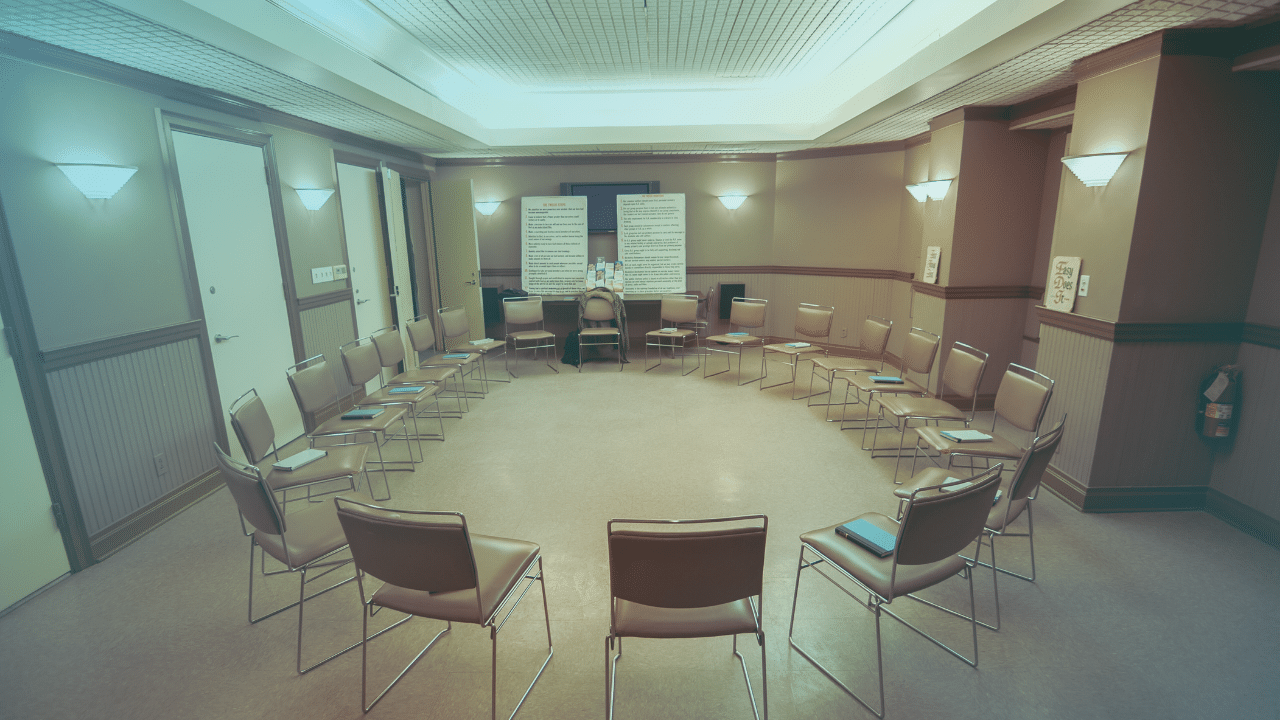
As you most likely know already, hundreds of thousands of individuals throughout the country struggle with substance abuse or alcohol addiction. And many of these people, unfortunately, refuse to receive the help they need. This resistance could be due to multiple reasons, including the supposed cost of living in a halfway house. However, some sober living homes have options to help individuals pay less, or even nothing at all, for treatment.
What Is A Halfway House?
Halfway houses are group homes that are designed for people recovering from alcohol or drug addiction. The term, however, is sometimes also used to describe a place where individuals may live after they leave prison. In this case, these homes are temporary sober living environments that serve as stepping stones that help people transition back into the real world.
A “halfway house” is just one of the names for these types of living facilities. In fact, this term is somewhat outdated because of the stigma that comes with it. Today, halfway houses are more commonly referenced as dry/sober houses, residential reentry centers, sober living homes, transitional living environments, or recovery residences.
Most sober living homes are privately owned, but some may be run by nonprofits, for-profit medical organizations, & federal governments. These facilities are typically located in quiet and peaceful areas to promote a sense of calm and relaxation. Recovery residences are essentially strict yet comfortable environments that set people up for happy and healthy lives.
Why People Stay in Sober Living Homes
These facilities are designed for people in the early stages of recovery to help them ease back into permanent homes. Here are some other reasons that someone may choose to live in a sober living home or halfway house:
- To decrease their chance of relapse
- To begin their journey toward permanent sobriety
- They have the ability to come and go as they please
- They are expected to be responsible for themselves
On the other hand, many people resist going to a halfway house because they are under the impression that it is too expensive. But because of the struggles that many individuals have had to face after addiction, there are now more resources than ever to assist people who would like to live in sober living homes or transitional living environments.
Do You Have to Pay for A Halfway House?
While the rent for halfway houses vary, there is usually some sort of cost to live in them. This is because a certain amount of rent must be charged to properly run the facility. The rent may or may not include the cost of utilities — this varies depending on the home and who is running it. However, these environments are made to be affordable for people with addictions. In most cases, sober living homes cost the same amount or less than the average rent in the surrounding area. Some insurance plans may cover the cost of rent at a halfway house, but this solely depends on your provider and insurance plan. Additionally, some sober living homes offer financial aid and sliding payment scales. Talk to the team at your local transition living environment if you think you or a loved one is eligible to receive financial aid for rent costs.
Transitioning to A Sober House Near You
At the end of the day, not one sober living facility is the same. You should do thorough research to determine which option is best for you or a loved one, especially since prices vary per home.
Those who have an addiction to alcohol or drugs and want to get back to their normal lives are encouraged to consider living in a halfway house or related facility. However, the best next step varies for everyone. If you would like more information about sober living homes and potentially getting into treatment to qualify for a sober living environment, contact our team of substance abuse specialists by calling 267.719.8528.
Sources
Explore this article:
Explore Our Facilities
Drug and alcohol detox and residential treatment for addiction and mental health disorders
Outpatient treatment center for substance use disorder and mental health disorders
Outpatient treatment center for substance use disorder and co-occurring mental health disorders







